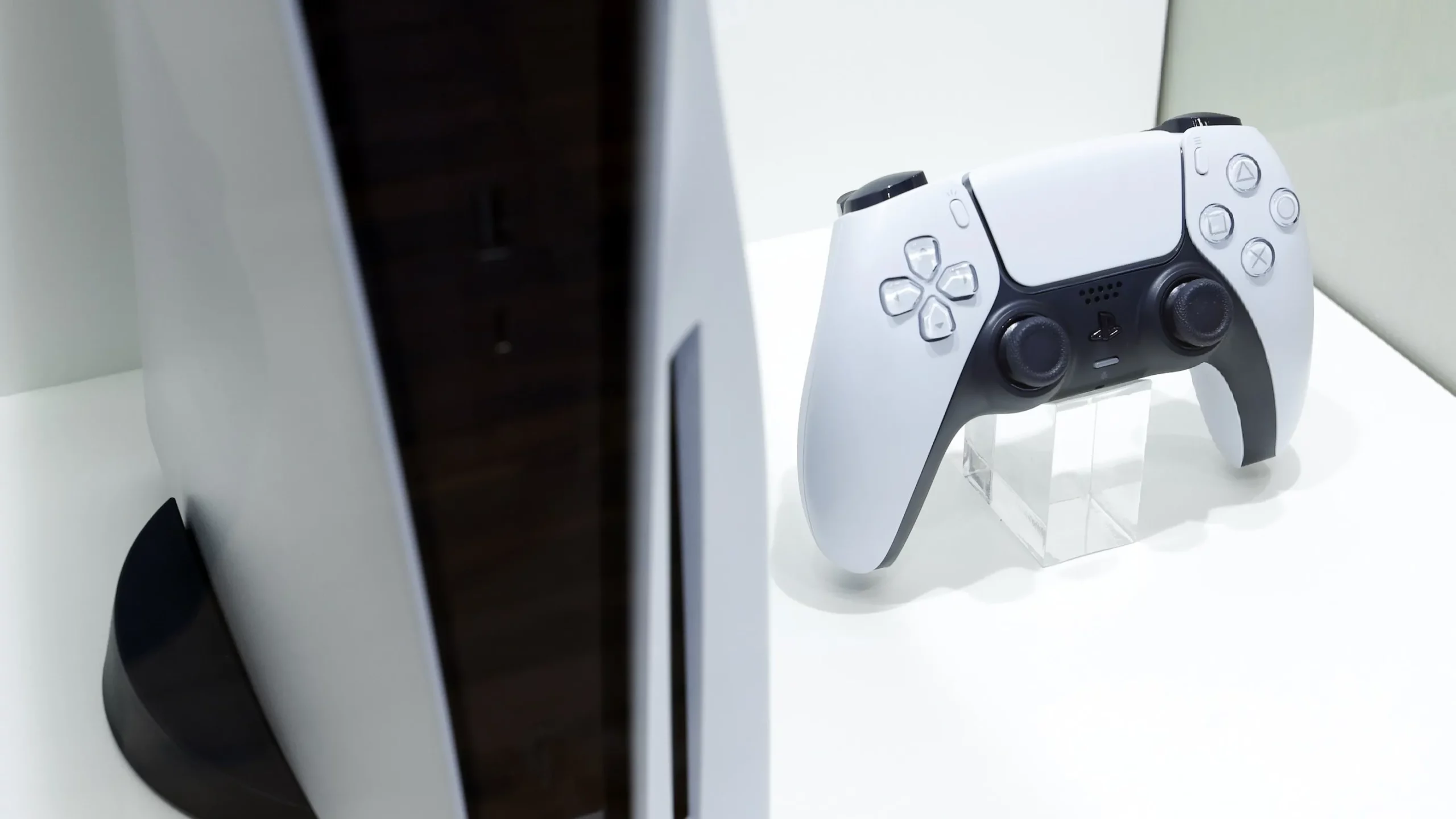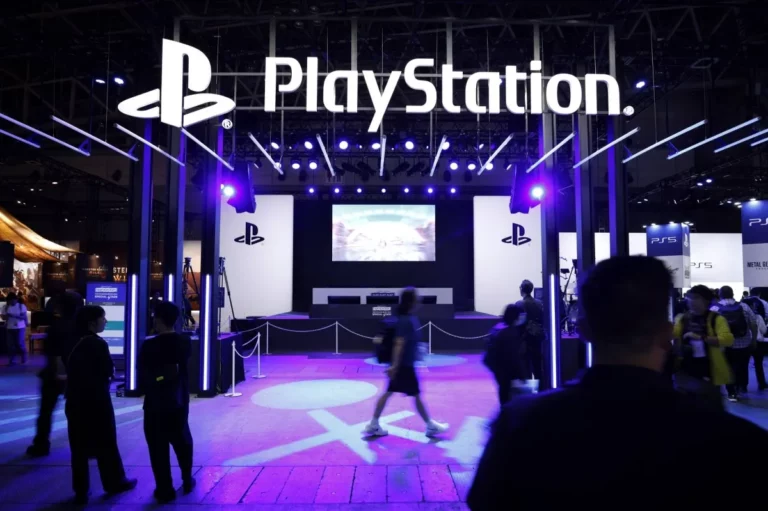The recent escalation in the US-China tariff war, instigated by President Trump, threatens to reshape many industries, including the vibrant video game sector. As tariffs on Chinese-manufactured goods loom, major players like Sony are finding themselves at a critical juncture. With a potential increase in costs for consumer electronics, including popular video game consoles like the PlayStation, the impact could be substantial. However, Sony might already be steps ahead with a strategic pivot that could safeguard its market dominance.

The Impact of Tariffs on the Video Game Industry
President Trump’s decision to implement a series of tariff hikes on goods manufactured in China is poised to disrupt several sectors, notably electronics. Video game consoles, largely produced in China, are expected to see a spike in prices due to these tariffs. “The initiative is particularly ham-fisted, and it might be a while till we see prices normalize for good, if ever,” noted the impact of these sudden policy shifts.
In response to similar challenges, Nintendo previously adjusted its strategy during Trump’s first term by relocating half of its Switch production to Vietnam, successfully sidestepping major disruptions in its supply chain. This move by Nintendo highlights a possible path forward for Sony, suggesting that strategic relocations of manufacturing processes could mitigate the risks posed by tariffs.
Sony’s Potential Countermeasures
With the future of trade policies uncertain, Sony is reportedly considering similar tactics to those of its competitor. Shifting production from China to alternative sites in Vietnam or Malaysia presents a viable solution to circumvent the tariffs. This proactive approach could stabilize production costs and maintain the competitive pricing of its consoles, including the anticipated releases of the PlayStation 5 and PlayStation 5 Pro.

“Sony could simply shift production elsewhere to work around Trump’s tariff war against China,” indicates a potential shift in the operational strategy that could preserve Sony’s market position despite geopolitical pressures. However, it’s important to note that such changes would not be immediate. The current generation of consoles, already in production, will likely not benefit from any immediate shifts in manufacturing strategy.
As the tariff war continues with no end in sight, the overall cost of video game hardware and media is expected to rise. This could inevitably lead to pricier video games as publishers attempt to recoup increased production costs. The situation spells a challenging period for gamers, particularly in the US, where the impact of tariffs will be most felt.
However, there’s a silver lining as industry giants like Sony are not likely to retreat from such a lucrative market. The development and strategic placement of future consoles, such as the PlayStation 6, could see radical changes that might avoid these financial hurdles. As the industry evolves, the adaptation strategies implemented by these companies will be crucial in determining their success and sustainability in a tariff-imposed market.

while the US-China tariff war presents significant challenges, it also offers an opportunity for major industry players to rethink and innovate in their production and supply chain strategies. Sony’s potential moves could set a precedent for how global tech companies can navigate geopolitical disruptions, ensuring that their products remain accessible and affordable to consumers around the world. As the situation unfolds, all eyes will be on how these companies turn these challenges into opportunities for growth and innovation.
